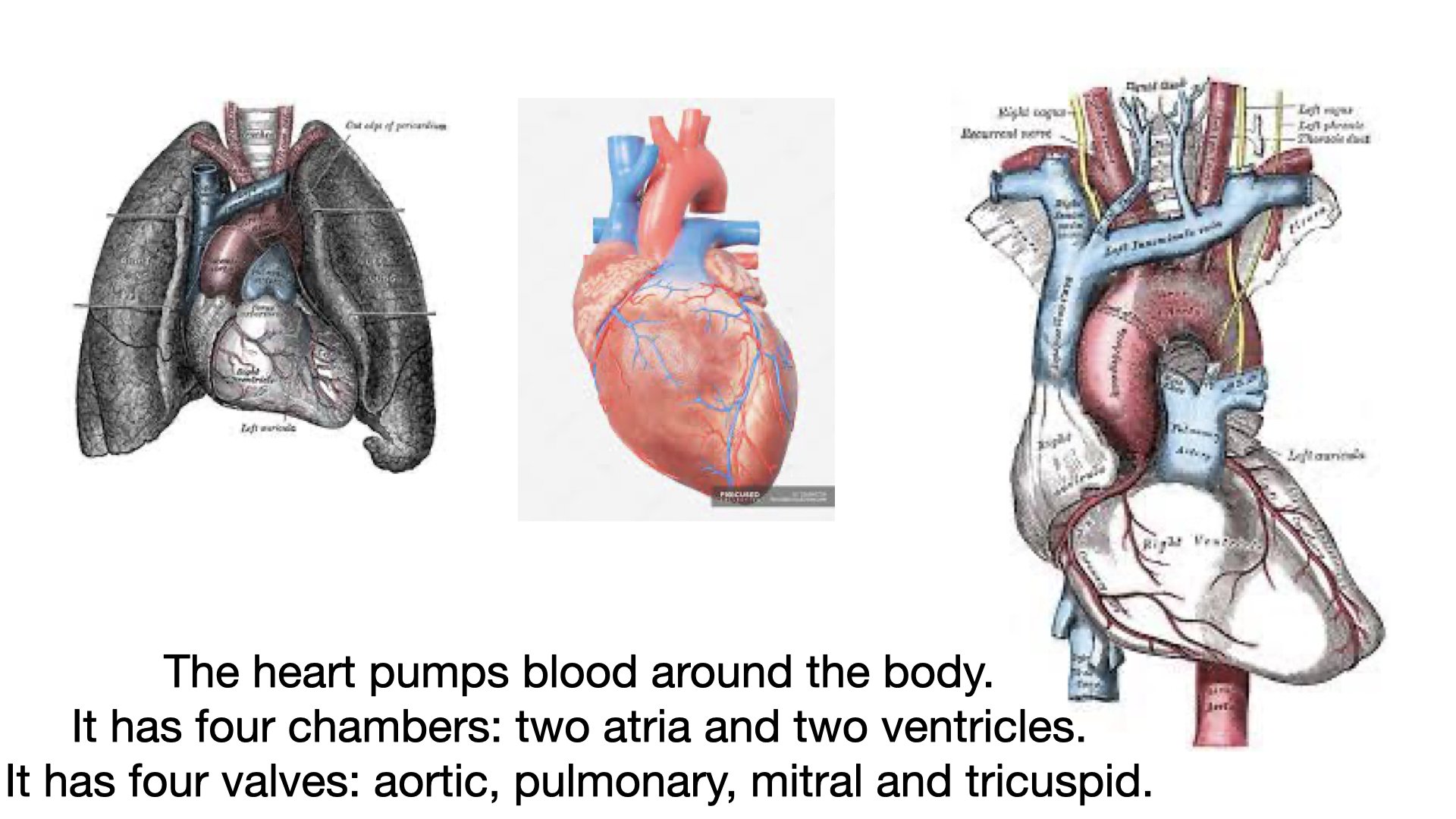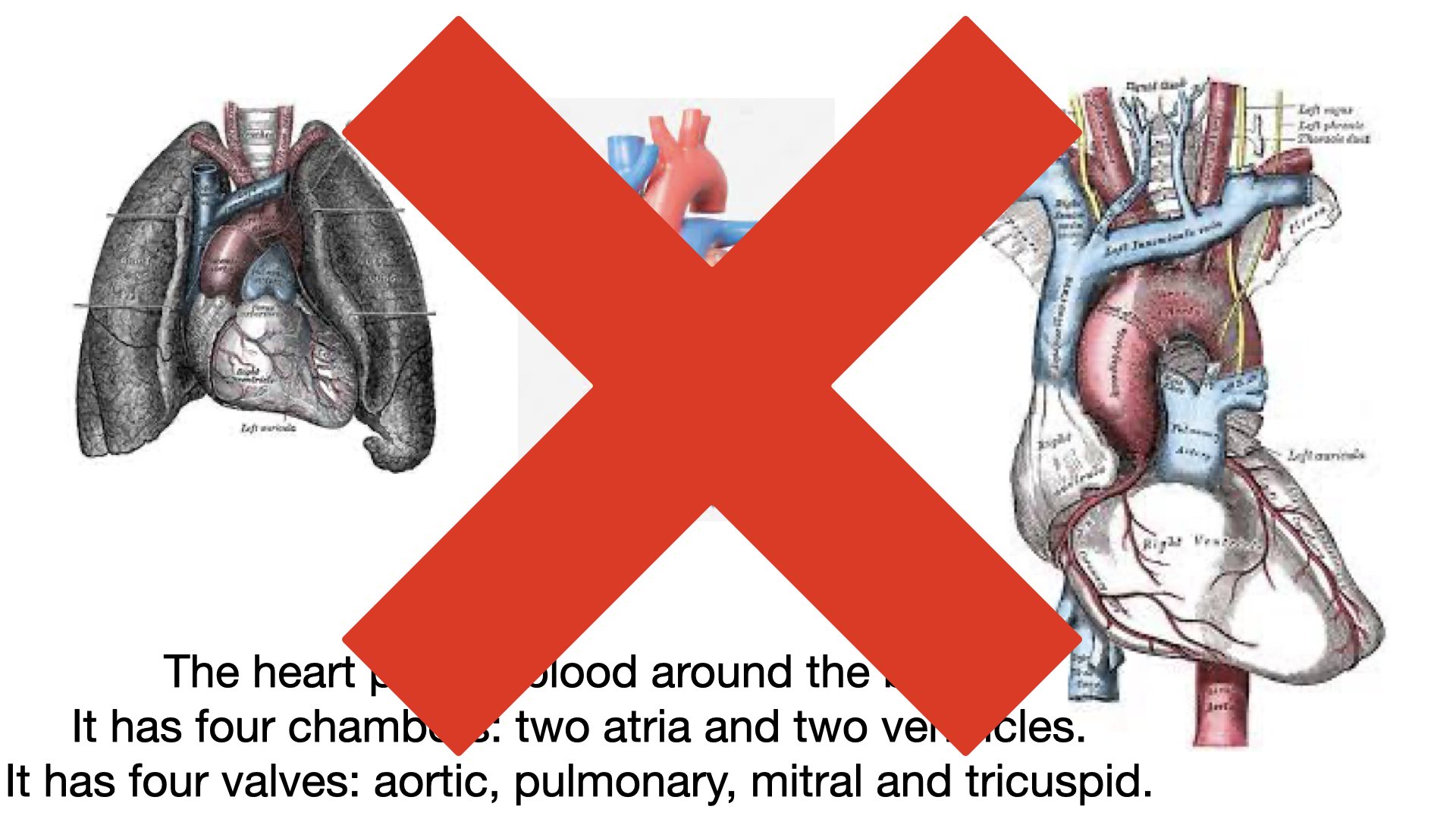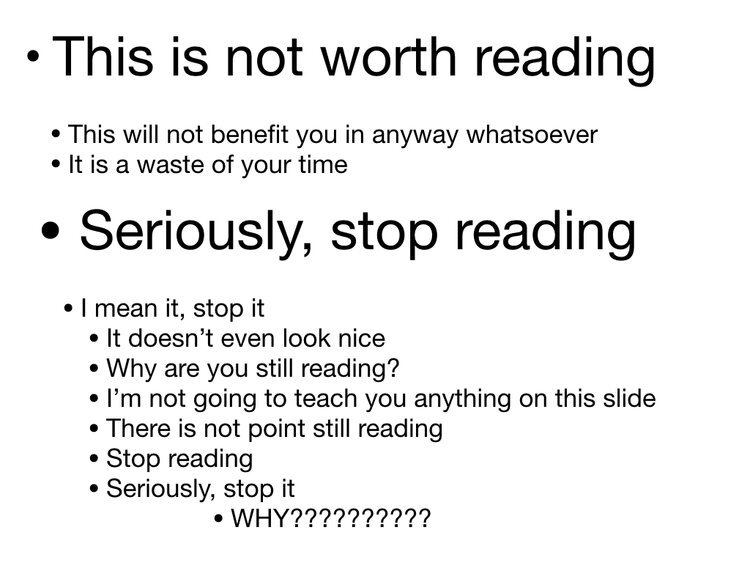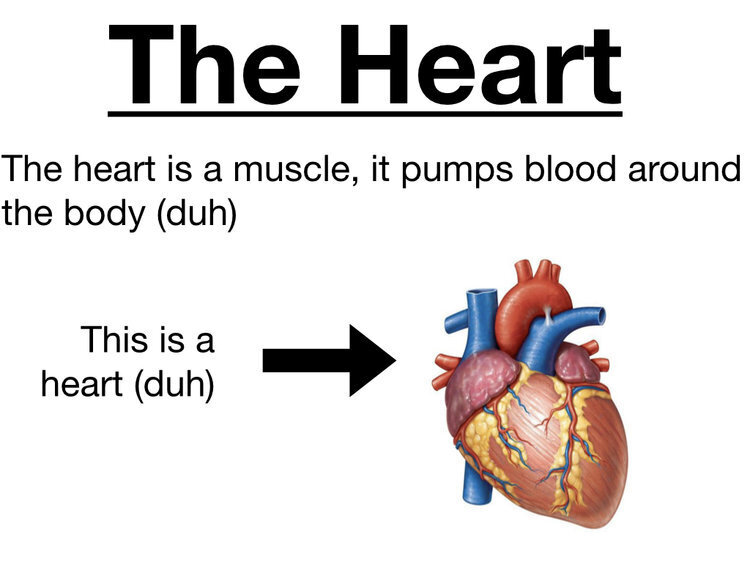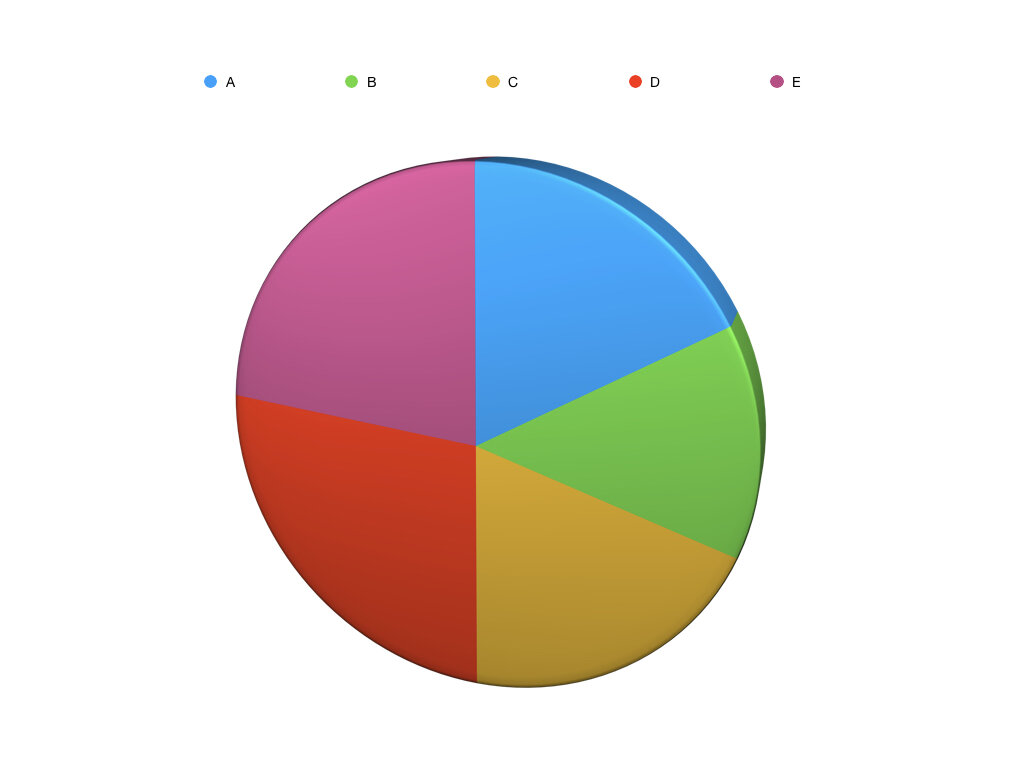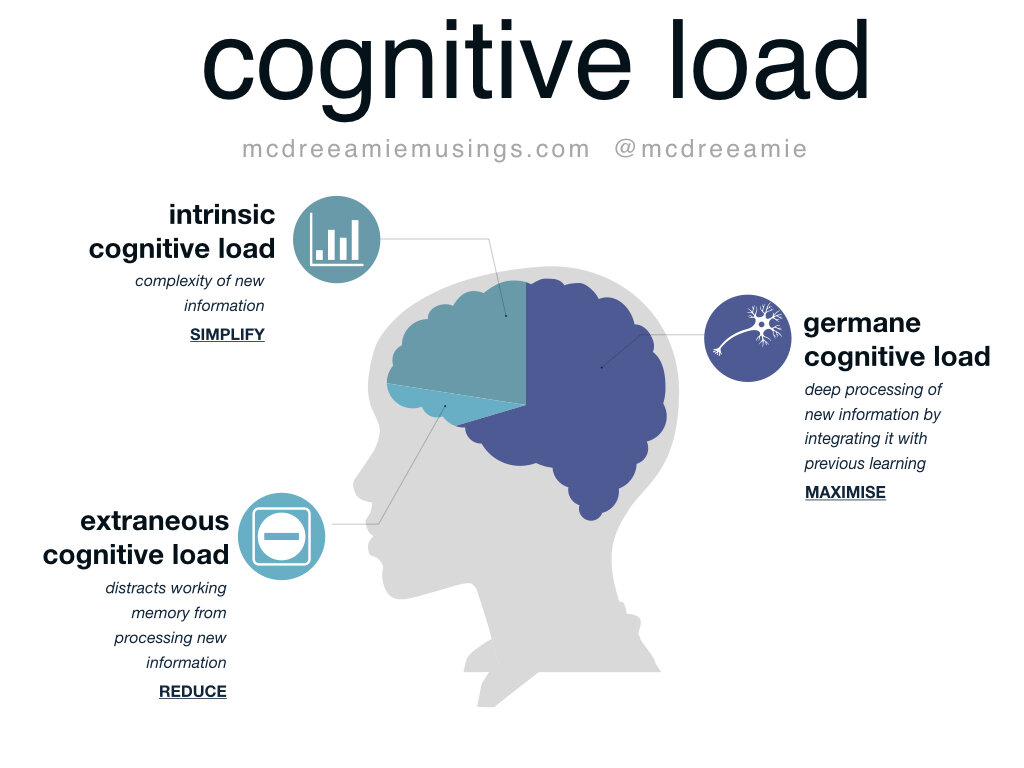Understanding the spoiler paradox is to understand how human beings find meaning. This is known as ‘theory of mind’. This means we like giving meaning and intentions to other people and even inanimate objects. As a result we love stories. A lot. Therefore we find stories a better way of sharing a message. The message “don’t tell lies” is an important one we’ve tried to teach others for generations. But one of the best ways to teach it was to give it a story: ‘The Boy Who Cried Wolf’. Consider Aesop’s fables or the parables of Jesus. Stories have a power.
Therefore, if we know where the story is going it becomes easier for us to follow. We don’t have to waste cognitive energy wondering where the story is taking us. Instead we can focus on the information as it comes. Knowing the final point makes the ‘journey’ easier. We use this principle in healthcare when we make a handover:
“Hi, is that the surgical registrar on call? My name is Jamie I’m one of the doctors in the Emergency Department. I’ve got a 20 year old man called John Smith down here who’s got lower right abdominal pain. He’s normally well and takes no medications. The pain started yesterday near his belly button and has moved to his right lower abdomen. He’s been vomiting and has a fever. His inflammatory markers are raised. I think he has appendicitis and would like to refer him to you for assessment.”
OR
“Hi, is that the surgical registrar on call? My name is Jamie I’m one of the doctors in the Emergency Department. I’d like to refer a patient for assessment who I think has appendicitis. He’s a 20 year old man called John Smith who’s got lower right abdominal pain. He’s normally well and takes no medications. The pain started yesterday near his belly button and has moved to his right lower abdomen. He’s been vomiting and has a fever. His inflammatory markers are raised. Could I please send him for assessment?”
Both are the same story with the same intended message - I’ve got a patient with appendicitis I’d like to refer. But which one would be easier for a tired, stressed surgeon on call to follow? In the last one the reason for the phone call is right there at the beginning and so the person at the other end knows exactly what they’re listening out for. Teaching sessions should be the same.
“Hello my name is Jamie. I’m going to talk about diabetic ketoacidosis which affects 4% of our patients with Type 1 Diabetes. In particular I’m going to focus on three key points: what causes DKA, the three features we need to make a diagnosis and how the treatment for DKA is different from other diabetic emergencies and why we that it is important.”
Your audience immediately knows what is coming and what to look out for without any ambiguity.
Brevity is beautiful. Brevity is also hard. It goes against our instincts as we want to show everything we know and all about the work we’ve done. The less time you hard the harder it is. The hardest talk I’ve ever had to give was a three minute talk on a project. The project involved me designing a smartphone application for use in simulation sessions and to support my students during their week in the department. This work had taken over eight months and I was supposed to boil this down to three minutes? It seemed impossible.
This is why you need to go away and write out everything. Write a blog or a report or make a handout. Record a podcast. Something where everything is. In that act you’ll spot the key bits to take out and put into your presentation. The rest your audience can find out afterwards from your blog or your report or your podcast. This bit has to be done.
Having written out the blog containing all the information I identified the three key parts of the process and with that my message. My message was how a custom made application could maximise the short time students had with me. This was right at the beginning. I then highlighted the three key points at the beginning and went through those. I signposted to the blog for them to find out more.
Ethos comes from the speaker themselves. This is you, your background and standing and how you come across. Logos is using logic during your talk. An example would be, “my project has shown we can save X amount of money by not needing to do pointless blood tests”. It is also about how clear and easy to follow your message is and how logical it seems. Finally, pathos appeals to the emotions of the audience, their desire to do good and prevent suffering. You can combine all three to be an effective speaker.
THE BAD

